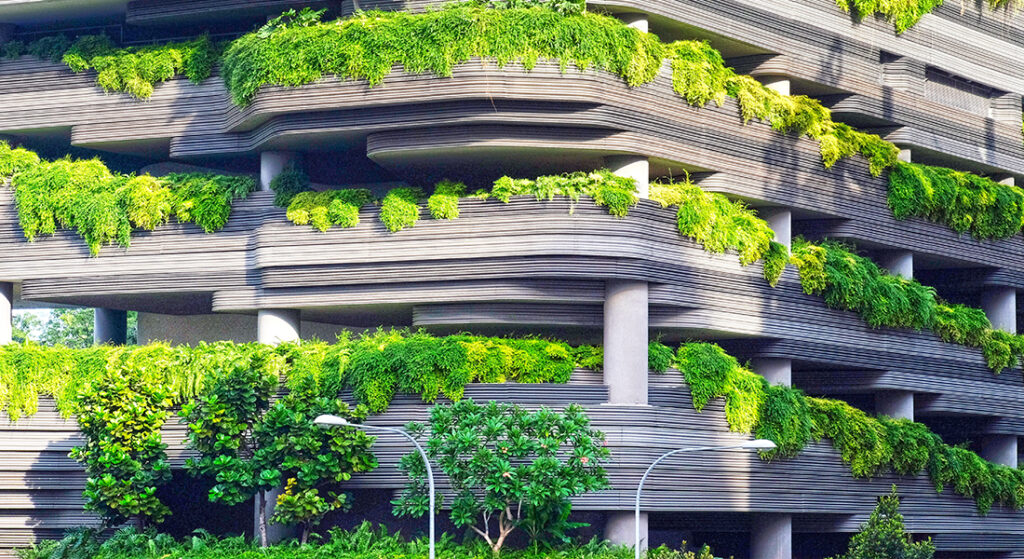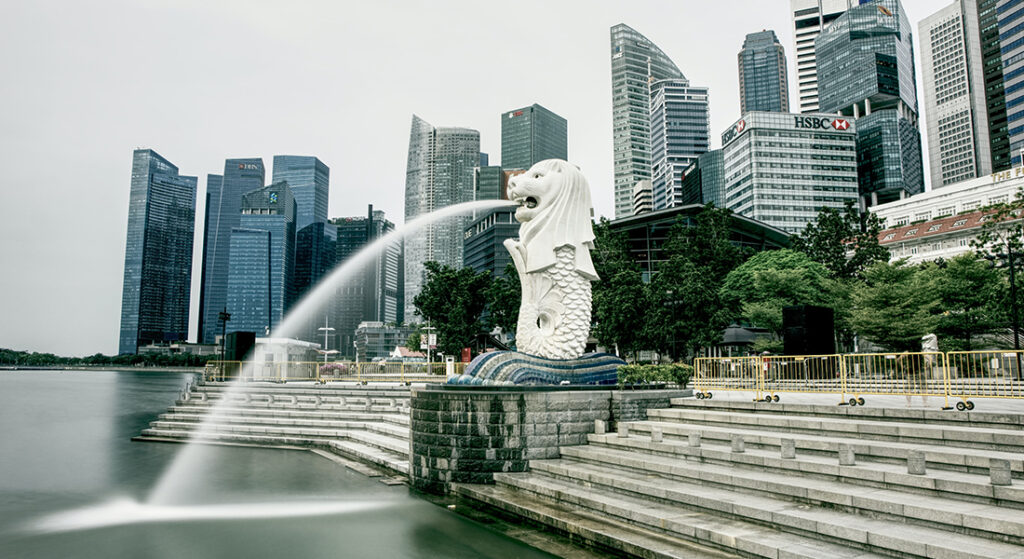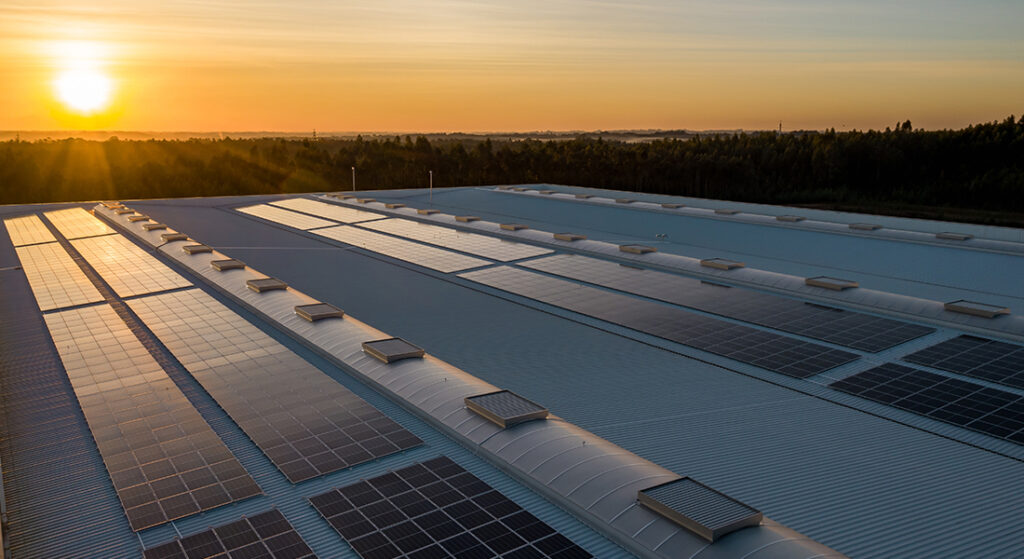Ancient Chinese Architecture Offers Cool Solutions for Modern Buildings
Skywells, the traditional features of Chinese homes, are experiencing a revival as architects and homeowners recognize their cooling benefits in hot weather. Skywells, also known as “tian jing,” are enclosed courtyards located in the core of a house and were designed to improve ventilation and provide natural cooling. Studies have shown that temperatures inside skywells can be significantly lower than outside temperatures.
With a renewed interest in traditional Chinese architecture and a push for sustainable building practices, skywells are being incorporated into new designs, reducing the need for air conditioning, and enhancing natural airflow and lighting.
Government directives promoting green buildings further encourage the use of skywells as an energy-saving solution. While challenges exist in adapting skywells to modern contexts, their revival highlights the value of ancient wisdom in climate-adaptive design and passive cooling techniques.
Eco Brutalism: Fusing Sustainability with Raw Aesthetics in Architecture

Eco Brutalism is an architectural style that combines the raw aesthetics of Brutalism with a solid commitment to environmental sustainability. It embraces natural and eco-friendly materials, energy-efficient design principles, and the incorporation of green spaces. This style, which has evolved from the original Brutalist architecture, aims to create environmentally responsible and visually striking buildings.
While facing criticism for its harshness and limited accessibility, Eco Brutalism continues to gain popularity as a unique and sustainable approach to architecture.
Brimstone’s Carbon-Negative Cement Paving the Way for Climate-Friendly Construction

Oakland-based company Brimstone has achieved a significant milestone in developing carbon-negative cement. The company received third-party certification validating that its climate-friendly cement meets conventional cement’s exact structural and chemical requirements.
Brimstone’s innovative method extracts calcium oxide from carbon-free silicate rock, avoiding the carbon dioxide emissions associated with traditional cement production. While established cement materials like Portland cement remain dominant in the construction industry, Brimstone’s achievement opens possibilities for more sustainable alternatives in building materials. The company aims to build a pilot plant and, eventually, a commercial-scale factory to produce carbon-negative cement.
Singapore Announces Coal Phase-Out by 2050 to Reduce Carbon Emissions

The Singaporean government, through the Monetary Authority of Singapore (MAS), has declared plans to phase out coal by 2050, aiming to reduce carbon emissions and combat climate change. As one of the world’s largest coal importers, Singapore’s decision is significant and reflects its commitment to a low-carbon economy. The phase-out process will involve collaborating with power producers and implementing renewable energy investments, energy efficiency, and carbon capture and storage measures. This move contributes to Singapore’s carbon reduction goals and enhances its reputation as a leader in sustainable development.
The phase-out of coal will lead to reduced carbon emissions, increased reliance on renewable energy sources, and potentially higher electricity prices in the short term. This decision by Singapore serves as an encouraging example for other nations and strengthens the global momentum towards a low-carbon future.
Empty Office Spaces Converted into Vertical Farms

As office buildings remain deserted due to remote work trends accelerated by the Covid-19 pandemic, municipalities seek innovative ways to repurpose these empty spaces. One emerging solution is transforming vacant offices into vertical farms, providing opportunities for urban farming, and addressing food security challenges. Vertical farming offers year-round, climate-independent produce production using significantly less energy and water than traditional farming methods.
By repurposing office buildings for agriculture, cities can create green jobs, enhance aesthetics, and provide local communities with fresh food. This approach is a potential solution to both commercial vacancy issues and the increasing need for food production in urban centres.
Solar Power Cells Surpass 30% Energy Efficiency Milestone

According to multiple research groups, solar power cells have achieved over 30% energy efficiency by combining silicon-based cells with a layer of perovskite. The breakthrough boosts the total light captured, lowers the cost of solar electricity, and accelerates the deployment of solar power.
The milestone marks a significant advancement and could lead to commercial availability within five years. High-efficiency tandem cells offer a promising solution to increasing global solar power capacity and combating climate change, but further research and development funding is needed for a widespread rollout.



